
History Through…
Depicting Urban Change
Realistic images of cities were uncommon in American art before the twentieth century. Many of the most accurate depictions of cities are to be found in “bird’s eye” maps that reveal a city’s layout and even its buildings. The following images trace the development of New York City from its Dutch roots well into the nineteenth century.
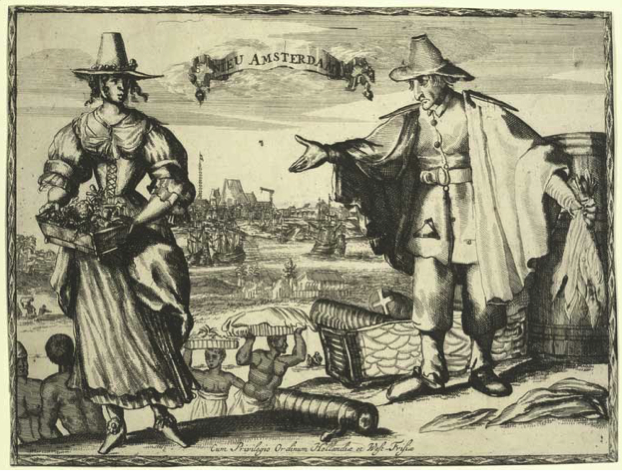
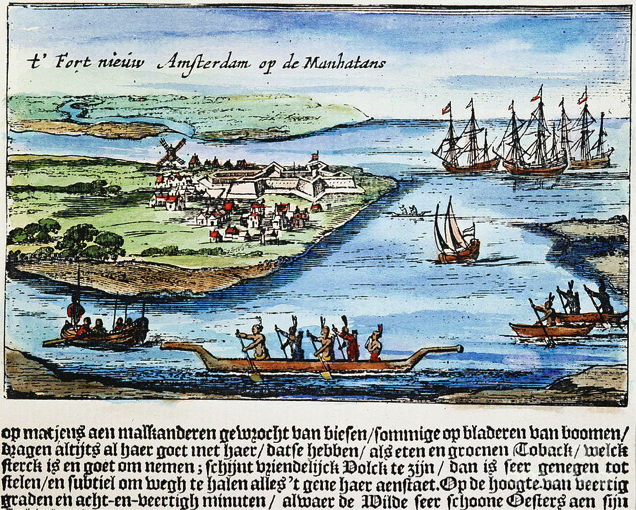
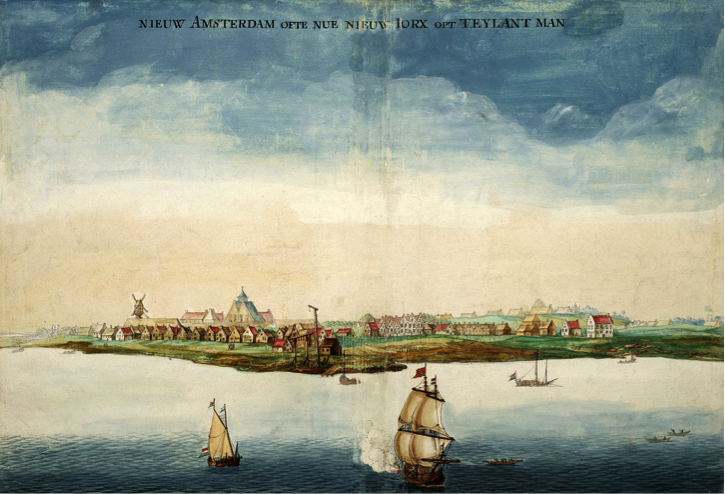
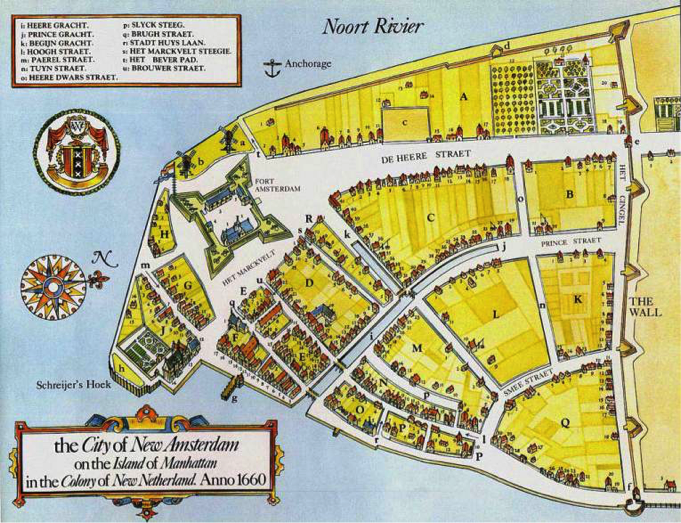
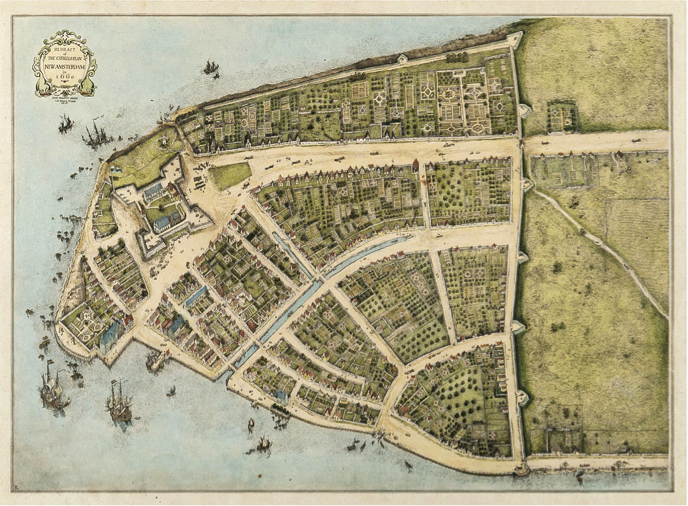

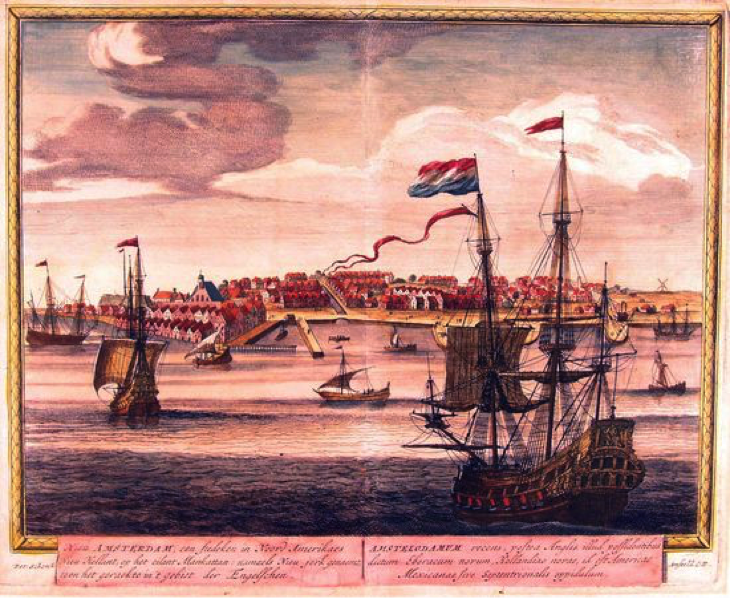
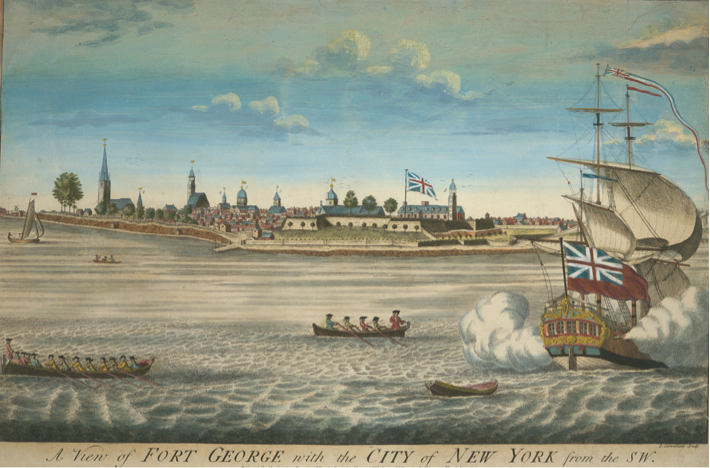
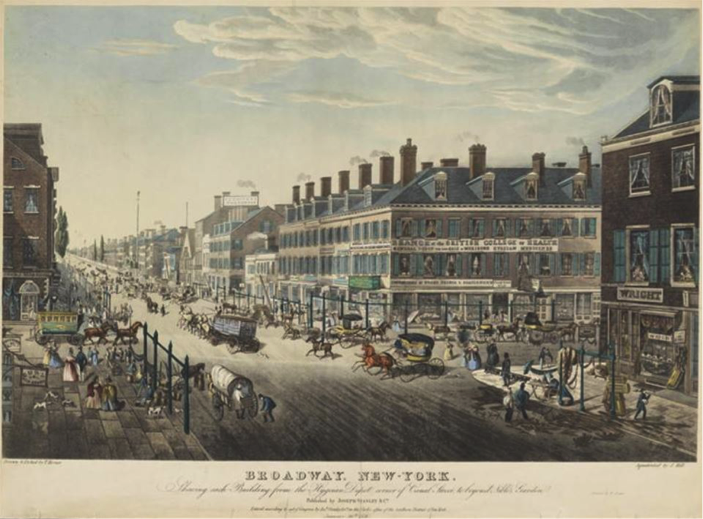
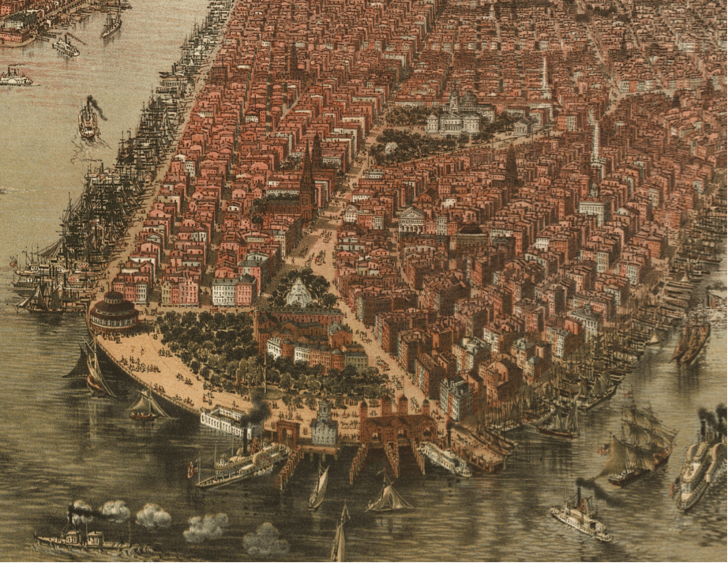

History as it Happened
Policing the Pre-Civil War City
During the mid 1830s, the nation experienced a wave of crime and rioting without parallel in early American history. In 1834, the most violent year, municipal elections in New York had been accompanied by three days of rioting. Three months later, a New York mob stormed the house of a prominent abolitionist, carried the furniture into the street, and set it on fire, and then proceded to gut New York’s Episcopal African Church and attack the homes of many of the city’s free blacks. On August 11, 1834, a mob composed of lower-class men and boys had sacked and burned a convent in Charlestown, Massachusetts, near the site of Bunker Hill. Then in October, proslavery rioting swept Philadelphia, destroying forty-five homes in the city’s black community. Altogether there were at least 115 incidents of mob violence during the 1830s, compared to just seven incidents in the 1810s and twenty-one incidents in the 1820s.
A variety of factors contributed to the sharp upsurge in crime and mob violence during the 1830s. These included a rate of urban growth faster than in any previous decade, a marked upturn in foreign immigration, generating bitter religious and ethnic tensions, growing political polarization, and the sudden emergence of abolitionism, which enflamed racist anti Negro sentiment.
The explosive eruption of crime and mob violence during the mid-1830s revealed the total inadequacy of traditional methods of preserving public order. Prior to the late 1830s, the nation’s cities were “policed” by a handful of unpaid, untrained, ununiformed, and unarmed sheriffs, alderman, marshals, constables, and nightwatchmen. In New England towns, tithingmen armed with long black sticks tipped with brass, patrolled streets searching for drunkards, disorderly children, and wayward servants.
These law officers were not a particularly effective deterrent to crime. Nightwatchmen generally held other jobs during the day and sometimes slept at their posts at night. Sheriffs, alderman, marshals, and constables made a living not by investigating crime or patrolling city streets but by collecting debts, foreclosing on mortgages, and serving court orders. Victims of crime had to offer a reward if they wanted these unpaid law officers to investigate a case.
This early system of maintaining public order worked because rates of serious crime were extremely low. Boston had only a single reported murder between 1822 and 1834. One New Yorker amazingly and inaccurately claimed that an 1819 homicide was “the first fatal assault” that had ever occurred in the city.
Lacking an efficient police force to enforce the law, citizen relied instead on a variety of informal mechanisms to maintain order. Most cities were small and compact and lacked any distinct working class ghettoes. Shopkeepers usually lived at or near their place of business and apprentices, journeymen, and laborers tended to live in or near the house of their master. Under these circumstances, the poor and the working class were subject to close supervision by their social superiors. By the mid-1830s, however, this older pattern of social organization had clearly broken down. Class segregated neighborhoods grew increasingly common. Youth gangs, organized along ethnic and neighborhood lines, proliferated. Older mechanisms of social control weakened.
After 1830, the number of violent crimes shot upward. Drunken brawls, robberies, beatings, and murders all increased in number. In Philadelphia, the number of homicides reached 67 during the period between 1839 and 1845 and then rose to 75 over the next seven years and to 126 over the following seven years. Fear of crime also mounted. Declared a New York City council report in 1842: “The property of the citizen is pilfered, almost before his eyes. Dwellings and warehouses are entered with an ease and apparent coolness and carelessness of detection which shows none are safe…Thousands that are arrested go unpunished, and the defenseless and the beautiful are ravished and murdered in the day time, and no trace of the criminals is found.”
During the 1830s, the increasing number of urban riots and violent crimes led city leaders to look for new ways of preserving public order. Many municipal leaders regarded the new professional police force established in London in 1829 by the British Parliament as a model. London’s police, nicknamed “bobbies” after Prime Minister Robert Peel, were trained, full-time professionals. They wore distinctive uniforms to make them visible to the public, patrolled regular beats, and lived in the neighborhoods they patrolled.
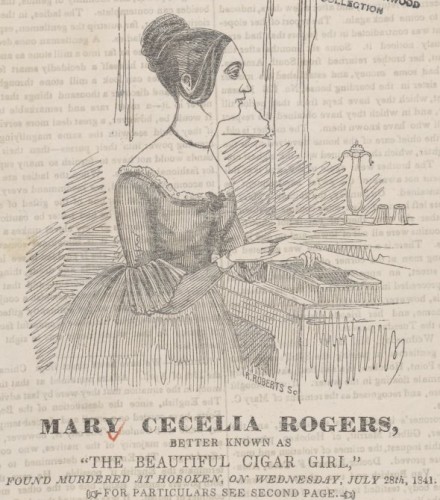
Initially, resistance to the establishment of professional police forces in American cities was intense. Taxpayers feared the cost of a police force. Local political machines feared the loss of the nightwatch as a source of political patronage. Many critics denounced a police force as a “standing army” that was incompatible with republican liberties.
By the mid 1840s, however, continued rioting and violent crime overcame opposition to the establishment of a professional police force. In New York City, the turning point came in 1841 following the unsolved murder of Mary Rogers, who worked in a tobacco shop. On July 25, 1841, she disappeared. Three days later, the body of the “beautiful cigar girl” was found in a river. The coroner said she had died not from drowning, but from being abused and murdered by a gang of ruffians. The case aroused intense passion in New York City, prompting vocal demands for an end to waterfront gangs. But, the city’s constables said that they would only investigate the murder if they were promised a substantial reward. Public opinion was outraged. In 1844, the New York state legislature authorized the establishment of a professional police force to investigate crimes and patrol streets in New York City. Boston appointed its first police officers in 1838, and Philadelphia established a modern police department in 1854.
The life of a mid-nineteenth-century police officer was exceptionally hard. In many cities, members of gangs, like New York’s Bowery B’hoys, Baltimore’s Rip Raps, and Philadelphia’s Schuylkill Rangers, actually outnumbered police officers. Young toughs regularly harassed police officers. Many officers resisted wearing uniforms on the grounds that any distinctive dress made them readily identifiable targets for street gangs. In New York City, four officers were killed in the line of duty in a single year.

Partisan politics presented mid-nineteenth century police officers with many awkward problems. Unlike London’s bobbies, who were expected to remain outside of politics, nineteenth century American police officers were political appointees who held office for a limited period of time. Such jobs provided a valuable source of patronage to local aldermen or political leaders who were responsible for naming precinct officers and patrolmen. Officers who were not responsive to the demands of a local political organization quickly lost their jobs.
The greatest problem confronting the police was that they were often called upon to enforce laws that large segments of the public had no interest in obeying. During the mid-nineteenth century, many civic leaders and reformers regarded the police as an instrument for enforcing public morality. Strict new laws forbidding gambling and prostitution and closing saloons on Sunday were adopted in many cities. Boston, in 1835, made public intoxication a crime (earlier, a person could only be arrested for habitual drunkenness), resulting in thousands of arrests annually and generating bitter resistance from many immigrants. When New York police tried to close saloons in the city’s “Little Germany” on Sundays, three days of rioting ensued.
After 1850, in large part as a result of more efficient policing, the number of street disorders in American cities began to drop. Despite the introduction of the Colt revolver and other easily concealed and relatively inexpensive handguns during the middle years of the century, homicide rates, too, began to decline. By the eve of the Civil War, the nation’s cities had become far less violent and far more orderly places than they had been two decades before.